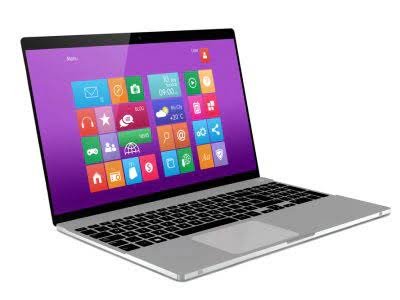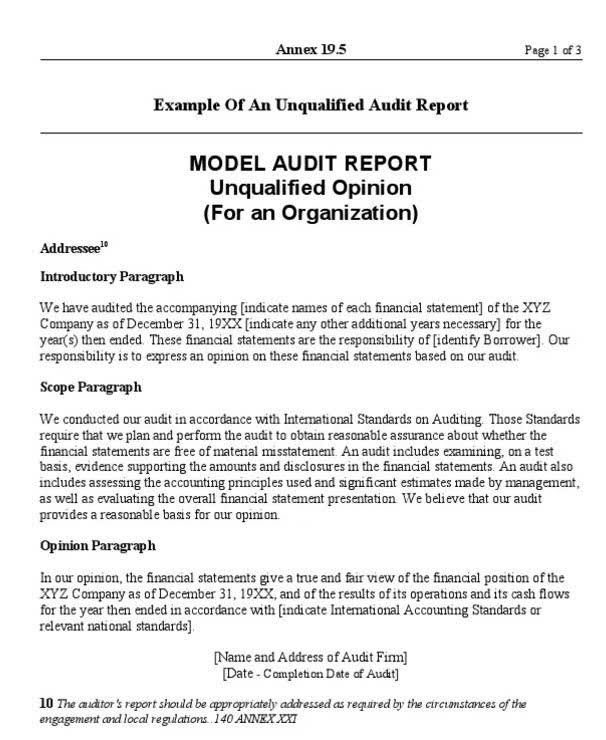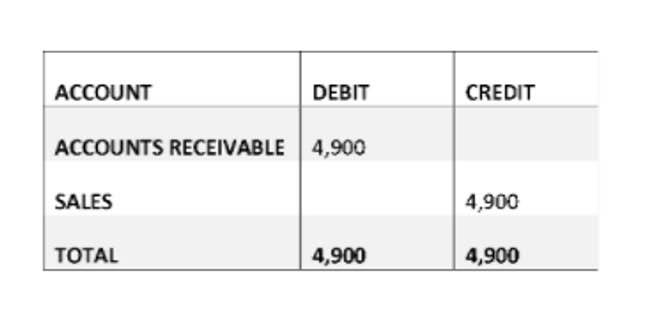
They’re also a means of double checking accounts, to make sure no mistakes have occurred. The term control account refers to the accounting ledger where a summary of all transactions having the same nature is recorded. The control account format is finally shown during financial reporting which reflects all the balance of subsidiary account. For debtors, we compare the closing balance of the debtors control account in the general ledger to the total of all the closing balances of the individual debtor accounts in the debtors ledger. The reason these accounts are Partnership Accounting called control accounts is because one uses them to ensure there are no errors or mistakes in our records relating to debtors and creditors.
With Love – Taking the Opportunity to Care for Your Staff on Valentine’s Day

When setting up a control account, bookkeepers, finance team members and accountants will need to define the account structure and subledger details they want to track. Transactions within the sub ledger are recorded by updating the control account and the subsidiary ledger. For example, a new customer invoice is logged and will increase both the accounts receivable control balance as well as being itemised in the customer sub ledger.
“Diversity of thought” – Why it’s Crucial to Business Success

For example, all payables entered during one day will be aggregated from the subsidiary ledger and posted as a single summary-level number into the accounts payable control account. For example, all payables entered on one given day will be collected from the subsidiary ledger and recorded a summary on the accounts payable control account. All control account records must be completed before the books close at the end of a reporting period. If this doesn’t happen, then some transactions may not be reflected in the financial statements rendering them false or incomplete. Those subledgers are totaled for each reporting period, and the totals make up the balance of the accounts receivable control account.
Advantages of Control Accounts
- The term control account refers to any summary account in the general ledger.
- When specific control accounts do not balance, you know that they need to be checked.
- Rather than listing every customer invoice or vendor bill in the general ledger, these summaries show the net activity and balances for each type of account.
- Thus, Stores Ledger Control Account is stores ledger in a summary form.
- The balance of the control account at any time should equal to the sum of the balances of all individual accounts in subsidiary ledger.
By doing this, you can track the record of every customer; their opening and ending balances as well as how much you owe or have to pay. Secondly, then you will make a control account in which you put the summary amount- total sales with its invoice price, total collections, or total payout. Simply put, as you know in large organizations what is a control account in accounting there are numbers of customers as well as suppliers. So, if you record each transaction (account payable and account receivable) in the general ledger, it will become too difficult to manage your records easily.
- A control account is a general ledger account created to record the bulk transaction of the same nature and then summarize the balance.
- Check your understanding of this lesson by taking the quiz in the Test Yourself!
- In these accounts, entries are made once at the end of each accounting period based on the periodical totals of transactions in related subsidiary ledgers and books.
- For example, all payables entered during one day will be aggregated from the subsidiary ledger and posted as a single summary-level number into the accounts payable control account.
- As only a section of the accounting system is self balancing such a system if sometimes referred to as a sectional balancing system.
- More over, each account type can have hundreds of smaller accounts called subsidiary accounts.
- Similarly, the “total purchases” figure of $3,900 in the creditors control account could be traced back to the purchases journal (which shows purchases on credit).
She is a Business Content writer and Management contributor at 12Manage.com, where she contributes a business article weekly. She has over 2 years of experience in writing about accounting, finance, and business. Chartered accountant Michael Brown is the founder and CEO of Double Entry Bookkeeping. He has worked as an accountant and consultant for more than 25 years and has built financial models for all types of industries. He has been the CFO or controller of both small and medium sized companies and has run small businesses of his own. He has been a manager and an auditor with Deloitte, a big 4 accountancy firm, and holds a degree from Loughborough University.

Increasing E-Commerce Sales with Website Analysis Insights
- Purchase ledger control account is also known as creditors control account.
- This amount should, if correct, equal the sum of all the individual customer accounts held in the sales ledger subsidiary.
- In this subsidiary ledger, each credit customer has their own account with its own balance.
- Control accounts are widely used for aggregating large volumes of transactions from subsidiary ledgers.
- They show the balance of transactions detailed in the corresponding subsidiary account.
For example, “accounts receivable” is the controlling account for the accounts receivable subsidiary ledger. In this subsidiary ledger, each credit customer has their own account with its own balance. Thus, while the “accounts receivable balance” can report how much the ledger account company is owed, the accounts receivable subsidiary ledger can report how much is owed from each credit customer.